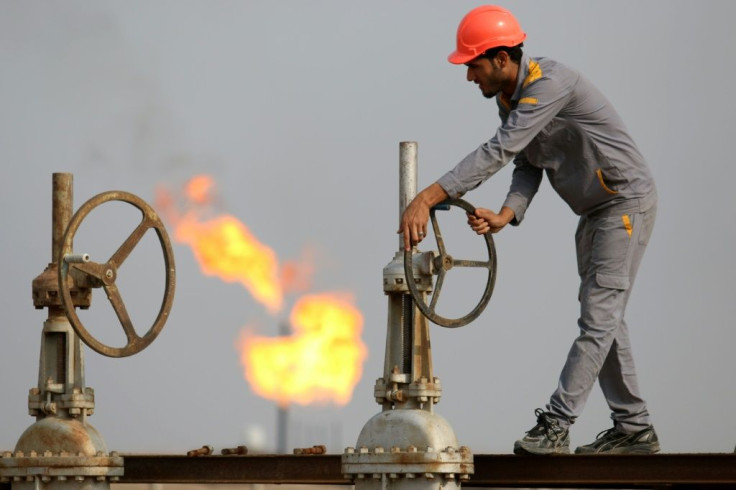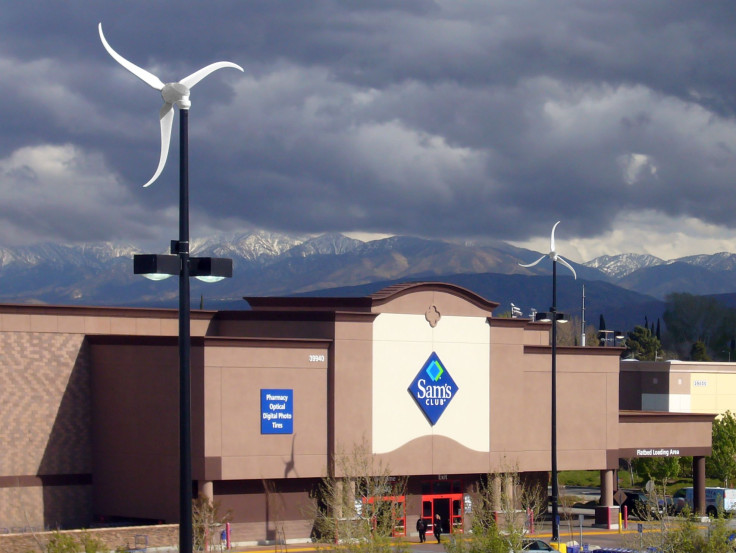Coronavirus Energy Impact: Renewables Win Over Oil And Gas
KEY POINTS
Coronavirus outbreak has hammered oil and gas prices amid consumption fall and supply glut
Investment projects to the tune of several billion in oil and gas sector have been hit
Renewable energy sources are likely to get more funding as running cost is low
The global pandemic is triggering a major churn in the world energy order. The fall in economic activity has not only pushed down oil and gas prices but is also changing the market dynamics of various types of renewable energy like wind, solar and hydropower.
The marked slump in oil and gas prices may lead to stalling or even scrapping of investments worth about $210 billion across the world, a Reuters report said, citing a Wood Mackenzie research note. After the pandemic caused by the new coronavirus spread through continents halting economic activities as countries were forced into lockdown, Brent crude futures slumped 53% from the high in January to around $34 a barrel as of Tuesday. The spot price of liquefied natural gas (LNG) in Asia fell from its pre-winter peak in October last year to a record-low of $2.80 per million British thermal units (mmBtu), last week the report says.
Largest impact of pandemic
According to IHS Markit, oil production in the United States will bear the largest impact of the pandemic in 2020-2021. A report in Forbes citing IHS Markit said there could be a production fall of several million barrels per day over the next year. The inventory buildup could be the most extreme global surplus ever recorded, ranging from 800 million to 1.3 billion barrels in the first six months of 2020, according to the estimate.

The United States last year used about 142.23 billion gallons (3.39 billion barrels) of gasoline and nearly 35 billion gallons of diesel. Airlines burned about 18 billion gallons of jet fuel. The use of gasoline and diesel is already down and may not improve much over the next couple of years. The airline industry is devastated which means consumption will stop at least during the crisis and may not recover fully for some time.
Previous experience of price collapses shows a full recovery in prices take years, mainly because of the delay in demand to recover and absorb the surplus inventory. This makes doubtful much of the crude and LNG investments planned before the coronavirus outbreak.
Pullback in spending
A report quoted Rob Morris, from Wood Mackenzie’s upstream research team, as saying,“$110 billion of investment will almost certainly be deferred, with another $100 billion at risk. ... Newly committed investment could be as low as $22 billion if only the most advantaged projects progress.”
This pullback in oil and gas spending is likely to benefit renewable energy’s market share. Most renewable energy projects have prohibitive upfront cost although the running cost is minimal. However, the economic surplus stimulus funds chasing fewer projects in the aftermath of the pandemic could boost investment in green projects, according to the report.

The share of renewable energy in the energy mix of the United States is expected to climb rapidly this year, with the pandemic lockdown providing a fitting backdrop. A report in the New York Times said renewable energy is set to account for nearly 21% of the electricity that the United States uses this year, up from about 18% last year and 10% in 2010.
And while work on some solar and wind projects has been delayed by the outbreak, industry executives and analysts expect the renewable business to continue growing in 2020 and next year even as oil, gas and coal companies struggle financially or seek bankruptcy protection.
Green energy advocacies
Wood Mackenzie estimated solar and wind power would continue adding capacity this year and next. New wind installations might take a 3% hit from earlier projections because wind turbines are erected outside urban areas where the construction is unlikely to be hit by the prolonged lockdown.
Already, advocacies for greener energy are putting pressure on the Trump Administration to look more seriously at the alternative energies for the stimulus funding. Randolph Bell, the director of Atlantic Council think-tank's Global Energy Center, has urged policymakers to use the stimulus plans to support the low-carbon transition.
© Copyright IBTimes 2024. All rights reserved.




















